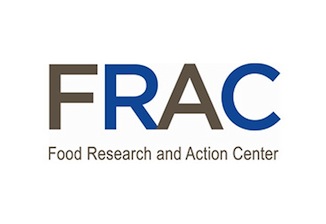The very low food security rate describing households that faced deeper struggles with hunger was 5.6 percent in 2013, compared to 4.1 percent in 2007 before the recession.
“Hunger continues to plague too many Americans. We can end hunger in this country, but that takes political will. It is up to our nation’s leaders Congress, the President, state and local officials to make sure that workers can earn family supporting wages, and that income supports and nutrition assistance programs reach more people in need and provide more adequate benefits,” said Jim Weill, president of the Food Research and Action Center. “That means strengthening, not cutting or limiting nutrition programs. For starters, Congress should look at ways to improve Supplemental Nutrition Assistance Program (SNAP) benefit levels.”
“Ending hunger is an investment that our nation should and must make,” concluded Weill.
Other findings from the USDA report include:
- 19.5 percent of households with children were considered to be food insecure in 2013.
- Food insecurity rates for Black and Hispanic households were substantially above the national average, with 26.1 percent of Black households and 23.7 percent of Hispanic households reporting they struggled against hunger in 2013.
- Food insecurity rates ranged from 21.2 percent in Arkansas and 8.7 percent in North Dakota for the period of 2011 to 2013, showing that no corner of the country is immune from this struggle. For state food insecurity rates, USDA uses three year averages for states to obtain adequate sample sizes.
Posted by Rachel Allan
09/05/14
